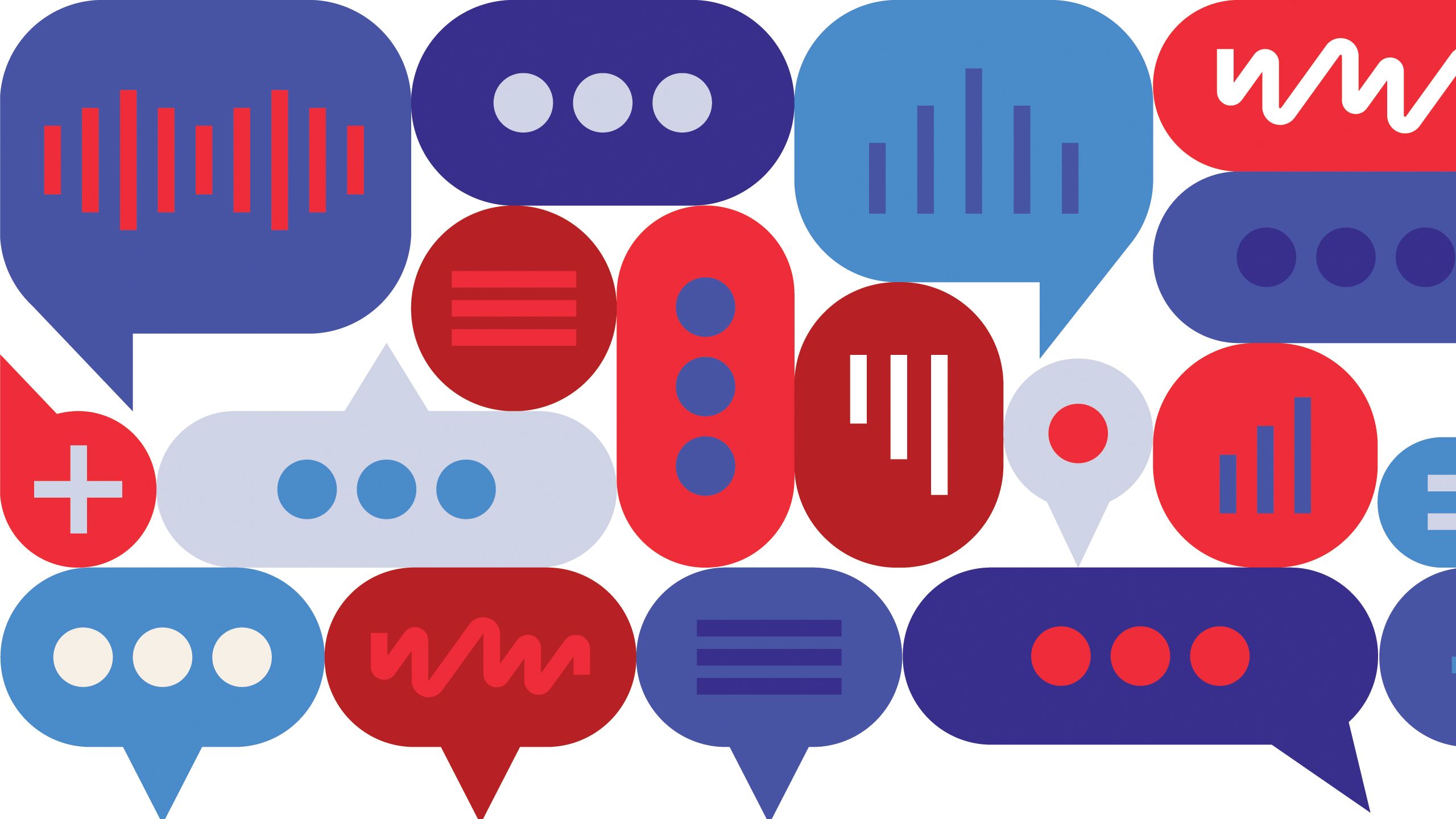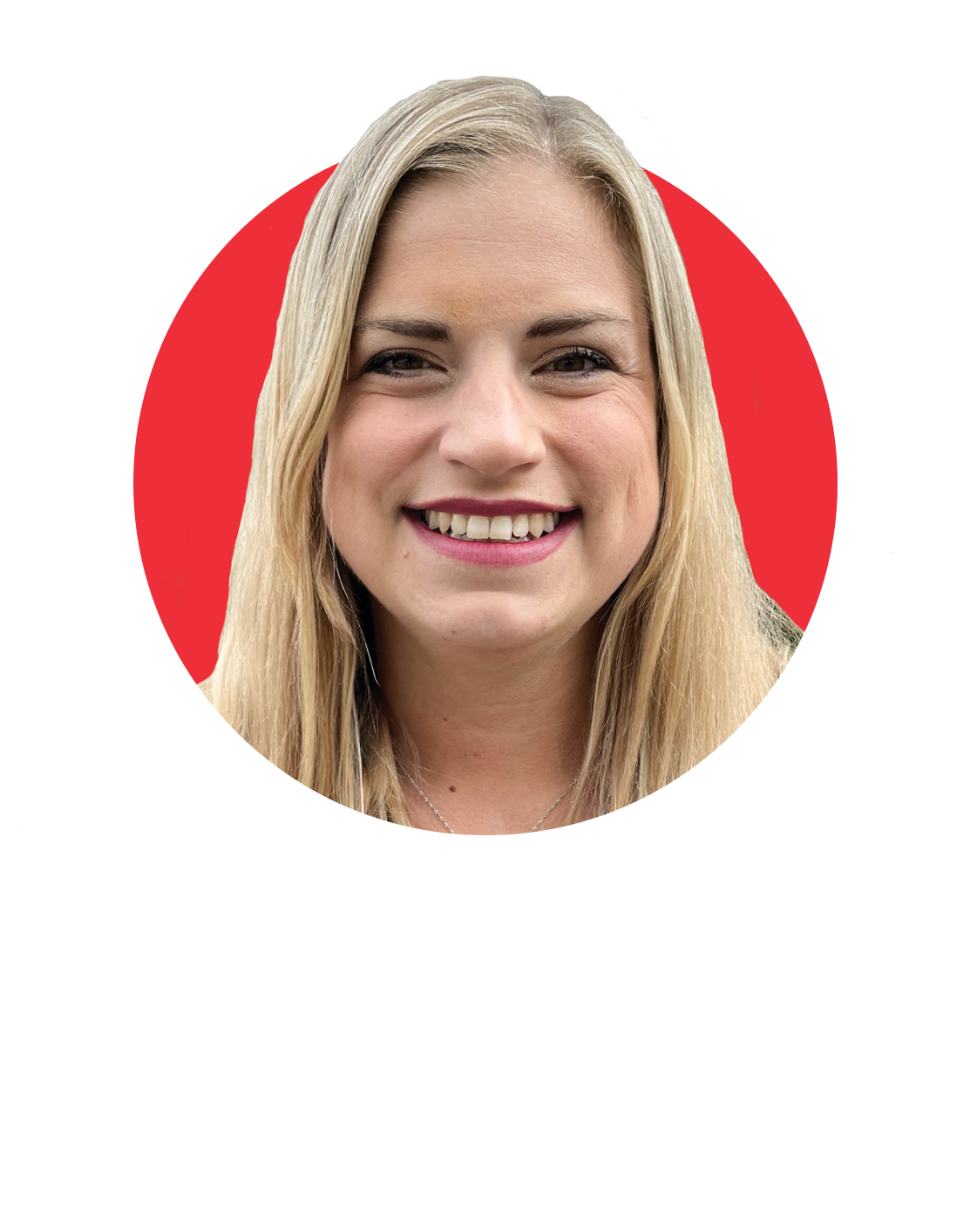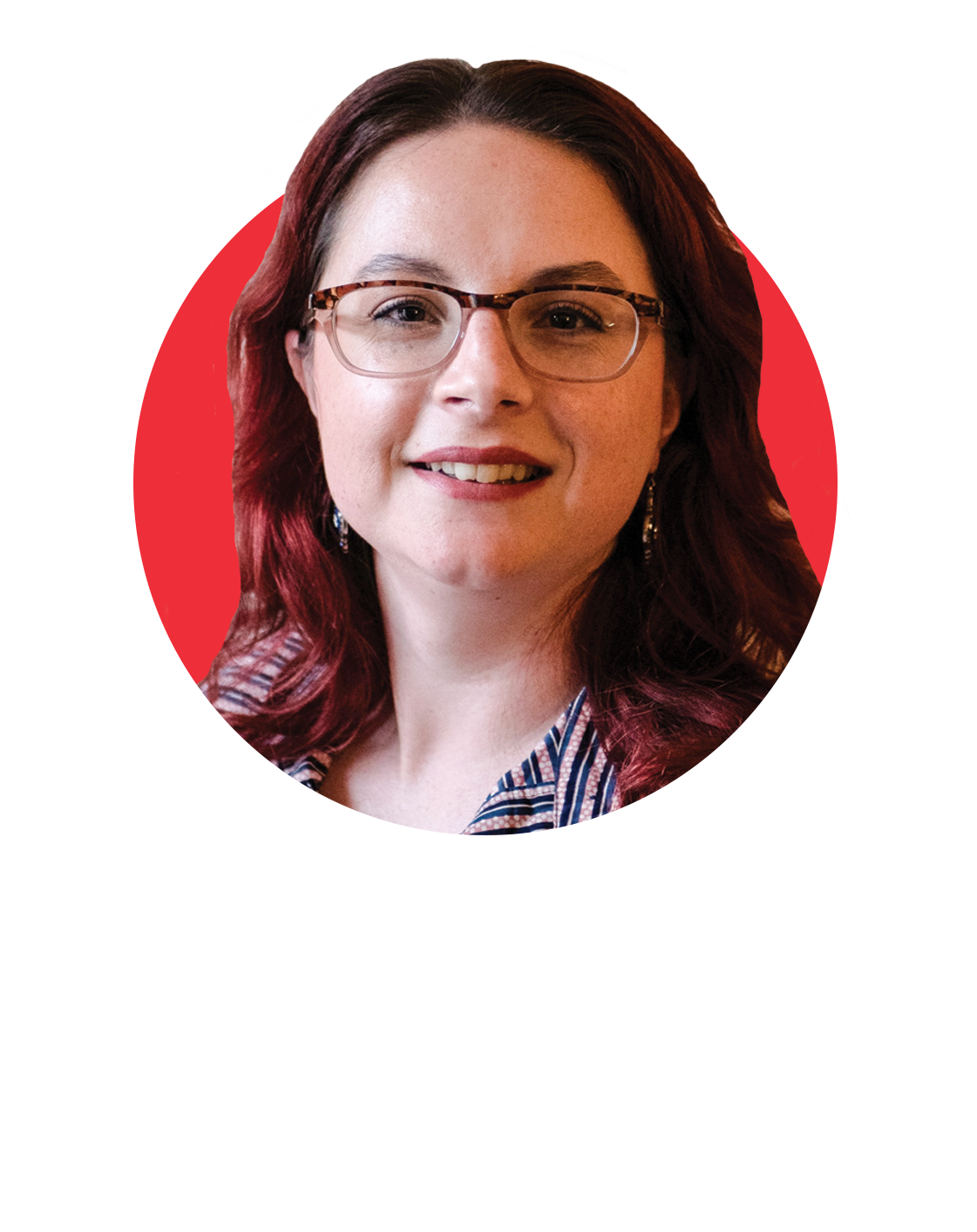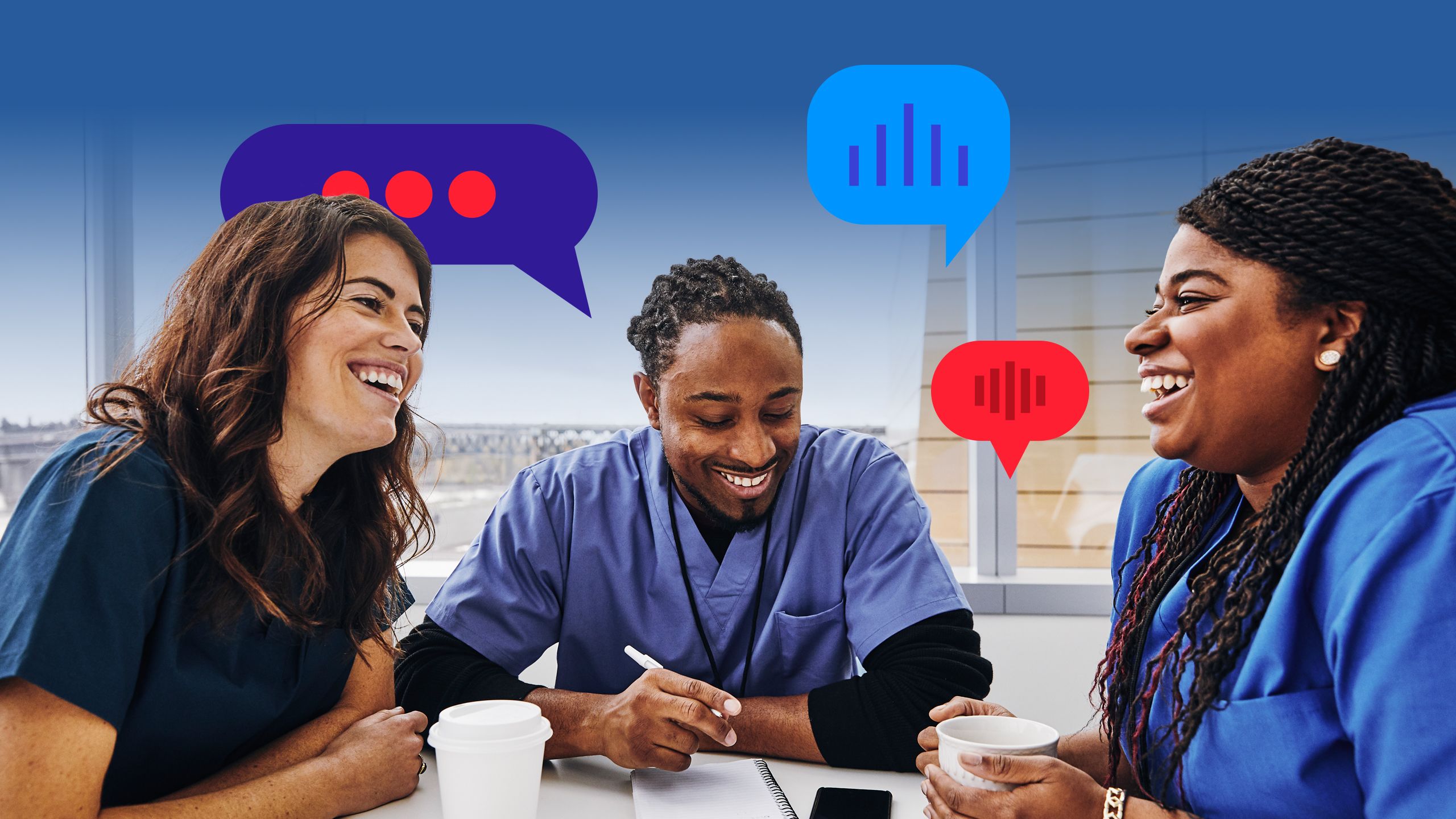Express yourself: the unexpected benefits of Keele University’s peer feedback pilot programme
After the university implemented a peer feedback scheme into its radiography degree leadership week, lecturers and students alike found the advantages game-changing. Synergy learns more

Keele University, just a few miles out from Newcastle-under-Lyme, Staffordshire, has used its Educational Leadership Placement Week as an opportunity to prepare radiography degree students for their future careers for just over three years now.
Piloted in 2021, these placements offer students an opportunity to complete a student-led project of choice, aimed at educational improvements, reusable learning objects, a learning community, CPD requirements or a service improvement project. The projects are grassroots and community based – such as educating schoolchildren on the profession, or designing colouring resources for paediatric patients – and are followed by leadership training, teaching younger students and, most recently, peer review sessions.
Despite starting with just four students, the initiative was a huge success – and they’ve now designed an educational leadership placement for 58 third-year students, including training on the NHS leadership model, shadowing of academic staff, student mentorship and teaching experience, and – most recently – peer review. After being implemented for one semester with overwhelmingly positive feedback, the leadership placement programme has now become mandatory for all future radiography students at the university.
The initiative has helped students develop a sense of community and resilience, enhanced their ability to provide meaningful feedback across disciplines and supported students to prepare for their future careers.
Following the implementation of peer review training, professional discussion and practical peer review sessions into this programme, Synergy spoke to lecturers, educators and students at the university to find out more about how such an initiative came about – and how much of an impact it has had.
Give and take
Keele University’s Educational Leadership Placement Week is an opportunity for third-year radiography students to test their leadership skills in various training and practice sessions, culminating in the presentation of a student-led project to the rest of their course.
Not only do they participate in student-led projects and receive leadership training, they also undertake training on feedback styles and attend an academic session for first-year students to peer review the lecturers themselves. Their peer feedback training concludes with a professional discussion to go over the feedback elements.
Over the course of their five-day placement, students will spend some time on their project, some in training and some in peer review. This involves third-year students attending first-year lectures to observe teachers instructing younger students on materials they have already covered, before sitting down to discuss the lecture with the teacher in question.
Emma Edwards, programme director for the Radiography (Diagnostic Imaging) undergraduate programme, explains that, as a whole, the sessions had been evaluated “really well”, with many highlighting that it had improved their practice, as well as their confidence in giving constructive feedback to senior management. “It also strengthens their ability and confidence in mentoring students once qualified,” she adds. “It’s removed the perceived power dynamic, as they get to peer review academics who are in the middle of teaching. This process has supported them in developing the skills they will be using once they graduate, in feeling more confident to support students and give constructive feedback.
“One unexpected finding was that students said they would be more confident giving constructive feedback to senior staff – which is great. Being willing and able to action something they witness that is not best practice will help them to develop into resilient, autonomous practitioners of the future.”
Jessica Roberts, lecturer and year 1 programme head, explains that sitting there with students, discussing the lecture in detail, has allowed students to open up, be vulnerable and gain confidence. “I am asking them as my critical friend, as my peer – did that land the way I wanted it to?” she says. “I allow them to speak about anything, and they tell me what worked and what didn’t, and actually they often come up with a suggestion. It’s great to get feedback for myself, but it also really helps them with their confidence.”
That impact, particularly on the wider UK workforce, cannot be underestimated, Emma adds. “In terms of the difficulties that the future workforce is facing, we need to improve practice,” she explains. “There’s things that work really well, and we should be shouting about when it works, but there are things we can do differently to improve that patient-centred care. This placement provides students with a safe environment to attempt that and to take away what worked.”
By developing a solid foundation of confidence, courage and willingness to both accept and give out effective feedback, Emma and Jess hope to not only prepare students for their careers as radiographers, but also prepare them for how to keep developing as practitioners.
“This placement provides students with a safe environment to try to improve patient care”

Origins
The educational leadership placement has been running at Keele University for three years now, but the element of peer feedback is a novel one. Jess explains that the pair noticed recurrent themes in feedback from students – more specifically, the importance of leadership. “People see it as a key skill from the second you graduate,” says Jess. “It comes up time and time again; it’s not something you now get later on in your career – employers want it from the get-go. It’s essential for us to give students leadership skills.”
Part of this shift has involved radiographers supervising other students more quickly in their careers than ever. Within their first six months of qualification, radiographers might be asked to mentor others and give feedback – both to their superiors and to their students. Not only that, but students were also coming away from tutorial sessions dissatisfied with the feedback they were receiving. Often this was because they were only receiving positive feedback, Jess explains, as staff were unwilling to give negative feedback. “It was a vicious circle,” she says. “[Peer review sessions have] helped them understand that we’re not being mean, that we’re actually trying to make them grow as a future healthcare practitioner.”
But without years of experience under their belt, developing feedback skills isn’t always easy. “We wanted to disrupt the power imbalance,” Jess adds. “Now, they’re reviewing us. We tell our students: ‘In six months time, you will be our peer. You could be X-raying me.’ Giving feedback is a skill within itself. But not only that, it’s made students think more about how they ask for feedback. They’re not just learning how to give constructive criticism, they’re learning how to ask for more meaningful feedback on the work they’re doing.”
Perhaps most importantly, the pair agree, the peer feedback session has helped students to develop into more confident and resilient graduates. Jess, who is currently completing her teaching qualification via an academic apprenticeship, is also going through multiple sessions of peer review into her own work. Academic peer review is a constant fact for radiographers in research, and realising its potential significance for students was a “lightning bolt moment”, she says.
But the process hasn’t been entirely smooth sailing. Emma explains that there was initially some resistance from academics who were wary about having students critique them in the workplace. “Staff engagement was hard. However, when Jess and I were very open, and received our first feedback, we were able to go back to them and say ‘look at the feedback we’ve received, look what we’ve changed, look what we’ve learned from it’. That removed the fear barrier.
“If anyone else was going to do this project, I would say to give staff examples of the positives and the negatives. Sometimes we expect our students to take constructive feedback, so we should be able to accept it as well.”
Jess agrees that staff reluctance was an initial hurdle, but that since overcoming it everyone wanted to get involved. “It was literally because it was the unknown,” she says. “My team are fantastic and they’re always up for a challenge – it just felt a bit weird at first. You have to be very clear in the expectations about everyone getting something out of this – students and lecturers alike.
“Students were a bit nervous too. We sit down after the session and see what they got out of it, and I ask how it made them feel to tell me all their feedback. You watch the cogs turn – but unless they understand that you’re on board and you want to hear what they’ve got to say, they might hold back.”
Collective engagement with the process is essential to the success of any kind of peer review, the pair agree. If institutions can get staff and students to fully embrace and commit to getting involved, the sky is the limit.
“We expect our students to take constructive feedback, so we should be able to accept it as well”

Continuing progress
Emma has so far had four students critique her sessions – and, she says, she’s learned something from every one. For example, some students don’t feel comfortable asking questions in front of so many others; now, Emma has anonymous question submission available, which has already had an impact. Her students, too, have emphasised how significant and helpful these peer feedback sessions, and the leadership placements as a whole, have been.
Oliver Biggs, a third-year diagnostic radiography student at Keele University, says the scheme helped to reinforce his own learning. During his placement, Oliver observed lecturers teach first-year students medical physics, going over how clear the topics were for these students before providing opinions and feedback to the lecturers. He says: “Going back and watching this session helped me understand the topics I’d maybe slipped behind a little bit in my knowledge of. You think of the information in a different way, because you’re asking if it’s understandable not just to me, but to these students learning it for the first time. For me, that gets me thinking about it differently – helps me understand it more clearly.
“The other aspect is understanding peer review and how to give constructive criticism. I’m going to be working with students eventually, and I’ll be able to give that feedback in a more sensitive and effective way. The scheme itself is providing this reinforcement of learning, and then also building you up to be able to teach others and help them improve their practice into the future.”
Fellow Keele student Kacper Budyn agrees with Oliver, highlighting the importance of respectful communication and actionable insights – skills he believes will be crucial in his future career as a radiographer. “The collaborative nature of this process helped me build a greater sense of mutual respect between me and the lecturers, and it emphasised the importance of viewing feedback as a two-way street, regardless of experience,” he explains.
“I’ll take forward the importance of getting constructive feedback even within hierarchical settings at the hospital. I even have to give feedback to managers. It showed me that communicating respectfully and effectively and focusing on actionable insights is the way to go.”
Fostering an open dialogue and keenness to engage in mutual improvement, even with senior colleagues, is crucial for patient care, Kacper adds. The experience has equipped him with transferable skills in communication and mentoring, and reinforces the value of continuous learning. He says anyone interested in improving their feedback skills should focus on what the recipient wants to know beforehand – concentrating on those areas helped him to prepare and properly observe during the sessions.
Deborah Houldsworth, another third-year diagnostic radiography student, says being able to step back and observe other students helped her to figure out where they might be having difficulties, and how that might affect her own practice and learning.
Emma has presented Keele’s findings on student feedback and peer review at the Achieving Excellence in Education event, hosted by the Society of Radiographers, but is hoping to put in an abstract for the UK Imaging and Oncology conference 2025, to be held in Liverpool. She concludes: “Everyone learns, and you learn as a community, you evolve together, and hopefully set the confidence for this to become a continuous cycle. Just like reflective practice becomes part of the norm for radiographers, critique, constructive feedback and peer review also become the norm.”
More about Keele University
Keele University’s diagnostic radiography degree course, which is approved by the College of Radiographers, provides students with the opportunity to study medical imaging with a view to understanding radiography practice and to meet the future demands of the profession.
The programme is structured around core themes including radiographic practice and radiographic science, the human body, interpreting images, inter-professional learning and research. Students also go on clinical placements, where they learn in various clinical settings with rotational elements across the West Midlands, Shropshire, Cheshire and further afield to broaden their clinical experience, knowledge and skills.
Find out more about Keele University, and its diagnostic radiography course, online here.
Image credit: Getty Images
Read more





